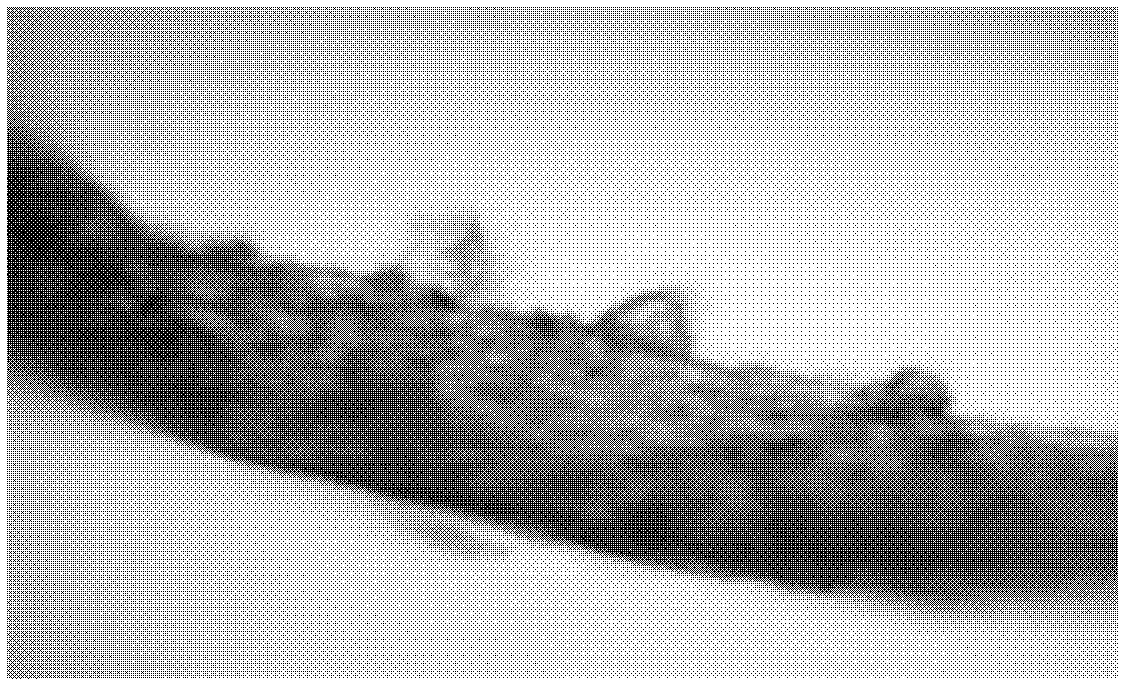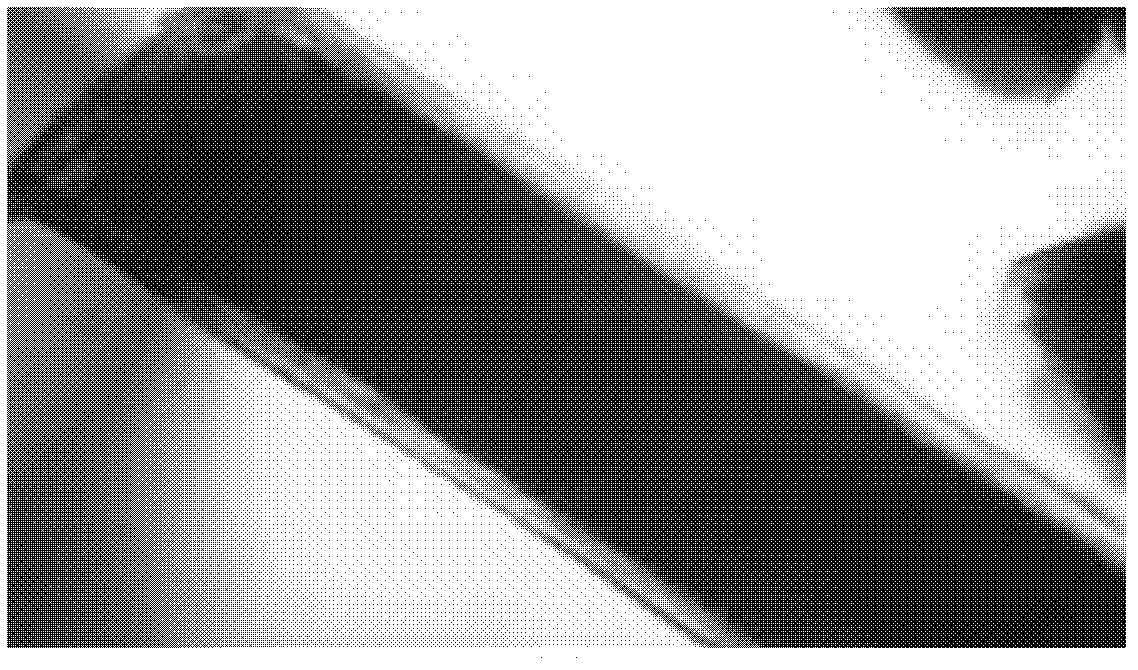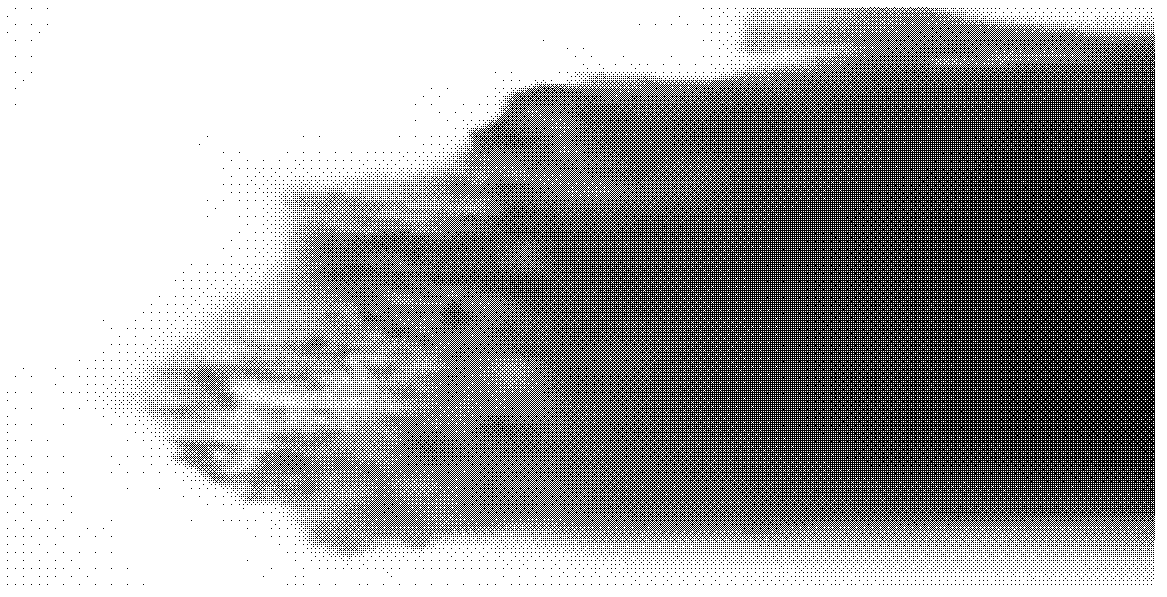Method for quickly identifying donkey skin
A donkey skin and fur technology, applied in the field of donkey skin identification, can solve the problems of cumbersome operation, high detection cost, and inability to distinguish, and achieve the effects of high accuracy, low detection cost and easy operation
- Summary
- Abstract
- Description
- Claims
- Application Information
AI Technical Summary
Problems solved by technology
Method used
Image
Examples
experiment example 1
[0037] Experimental example 1 Microscopic observation of hair on various donkeys, horses, cattle and pigskin sheets
[0038] 1. Collection of hair samples from various breeds of donkeys, horses, cattle and pigs
[0039] In order to ensure the accuracy and reliability of sample collection information, the present invention divides according to the breeds of donkeys, horses, cattle and pigs respectively, and adopts the needle hairs of donkeys, horses, cattle and pigs from different regions, different varieties, different colors and different parts , Villi for surface and section observation.
[0040] For donkey hair, hair samples of donkeys were collected by species; the present invention collected donkeys from Dezhou, Guanzhong, Guangling, Biyang, Xinjiang, Jiami, Southwest, Qingyang, Jinnan, and North China. Donkey, Sichuan donkey, Huaibei donkey, Linxian donkey, Qinghai donkey, Subei donkey, Taihang donkey and other donkey breeds in China. Donkey hair samples are collected a...
experiment example 2
[0052] A batch of donkey skins (both male and female) of different age groups and different parts of Texas donkeys and Guanzhong donkeys were mixed into the skins of cattle, pigs and horses of different breeds and ages (Holstein cattle, Charolais cattle, Shorthorn cattle, Qinchuan cattle, Luxi yellow cattle, Mongolian horses, Oroqen horses, Datong horses, Chakou stage horses, Kazakh horses, Balikun horses, Tibetan horses, Jianchang horses, Hequ horses, Guizhou horses, large white pigs, and Changbai Pig, Duroc (US, meat type), Berkshire (UK, fat type), Hampshire (US, meat type), Pietrain (Belgium, meat type), Hubei White, Roulei Black pigs, Northeast Min pigs, Northeast flower pigs,);
[0053] Different skins were collected according to the mane, back hair, abdomen hair and tail hair respectively; the collected hair samples were prepared according to the method described in Experimental Example 1 and observed under a biological microscope;
[0054] It was found that the hair o...
experiment example 3
[0060] A batch of donkey skins (both male and female) from Guangling donkeys, Biyang donkeys, and Xinjiang donkeys of different ages and parts were mixed into the skins of cattle, pigs, and horses of different breeds and ages (Jersanne cattle, Limousin cattle, Danish red cattle, Xinjiang brown cattle, Yanbian cattle, Luxi yellow cattle, Jinnan cattle, Mongolian cattle, Oroqen horses, Hequ horses, Chakou stage horses, Kazakh horses, Balikun horses, Tibetan horses, Yushu horses, wheat Wa horse, Lichuan horse, Jianchang horse, Hequ horse, Harbin white pig, Sutai pig, Taihu pig, Rongchang pig, Jinhua pig, Xinjin pig, Shanxi black pig);
[0061] Different skins were collected according to the mane, back hair, abdomen hair and tail hair respectively; the collected hair samples were prepared according to the method described in Experimental Example 1 and observed under a biological microscope;
[0062] It was found that the hair on the skins of Guangling donkeys, Biyang donkeys, and ...
PUM
 Login to View More
Login to View More Abstract
Description
Claims
Application Information
 Login to View More
Login to View More - R&D
- Intellectual Property
- Life Sciences
- Materials
- Tech Scout
- Unparalleled Data Quality
- Higher Quality Content
- 60% Fewer Hallucinations
Browse by: Latest US Patents, China's latest patents, Technical Efficacy Thesaurus, Application Domain, Technology Topic, Popular Technical Reports.
© 2025 PatSnap. All rights reserved.Legal|Privacy policy|Modern Slavery Act Transparency Statement|Sitemap|About US| Contact US: help@patsnap.com



